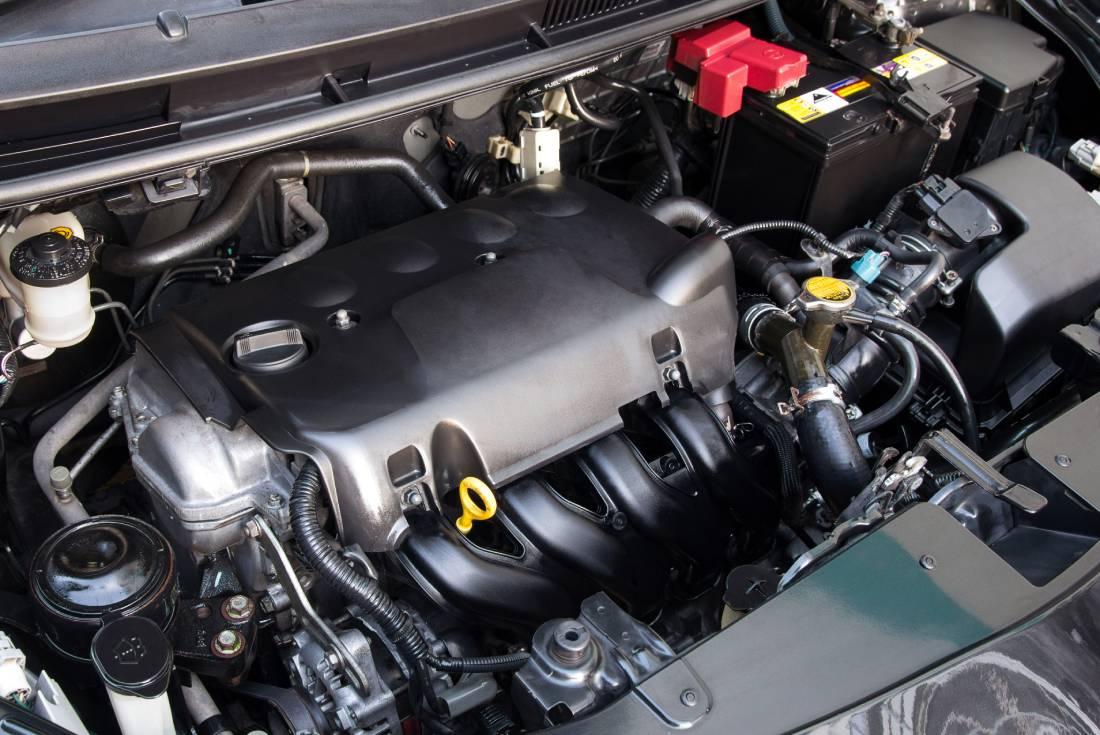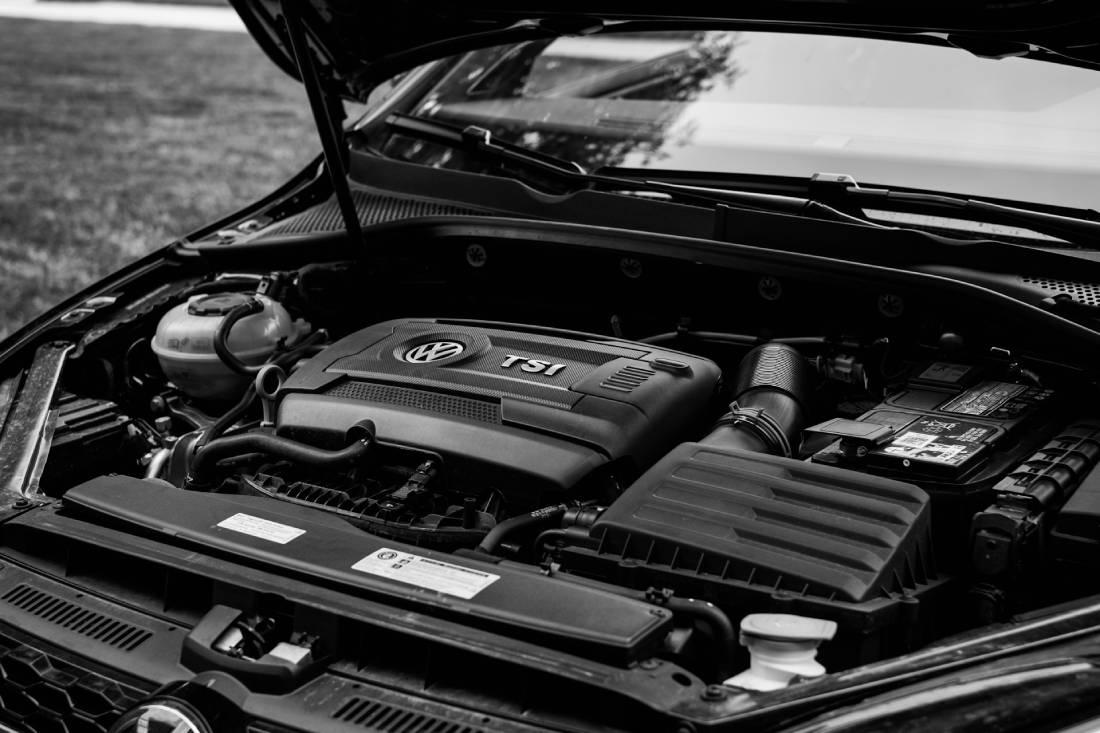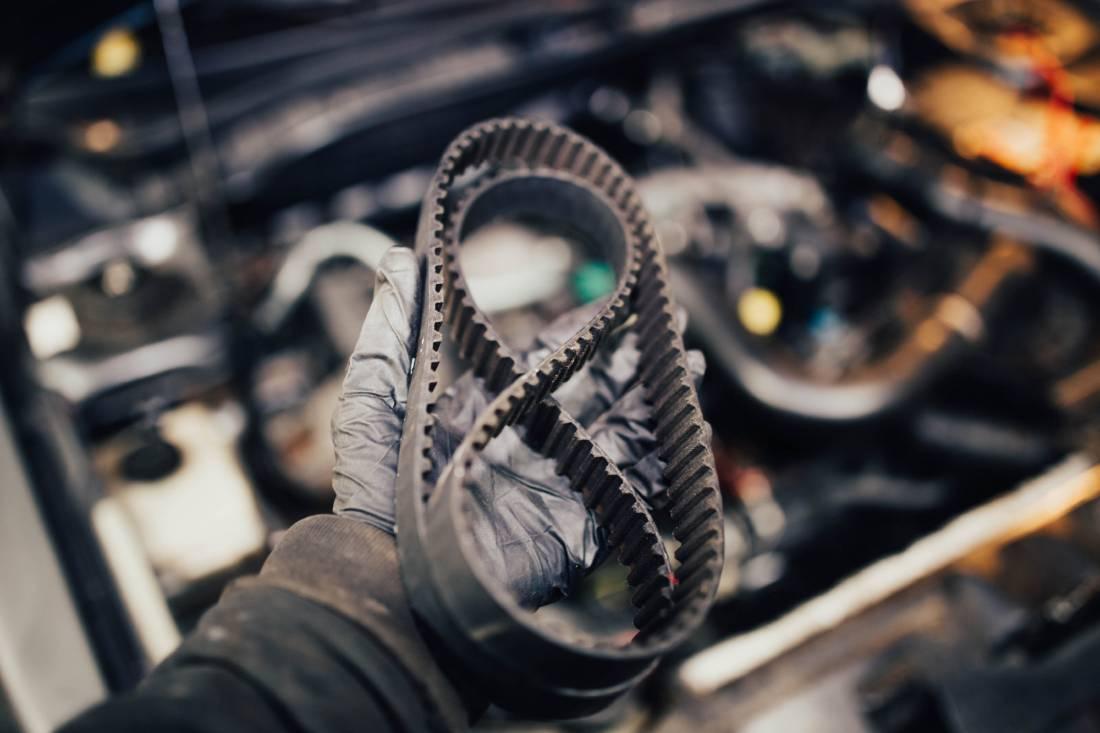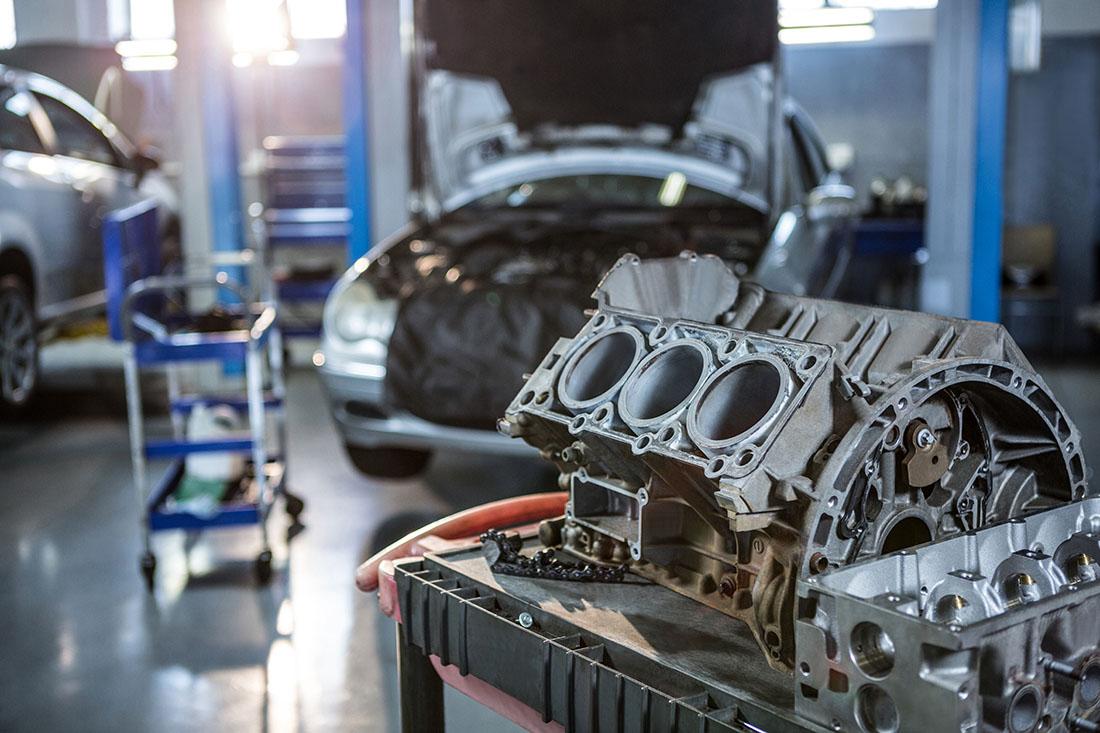
One of the most important elements in the operation of a car is the healthy and efficient functioning of its engine. For this process to proceed smoothly and safely, perfect harmony must be achieved among many parts and components. One of the heroes that balances this harmony and undertakes the task of sealing is the gasket, which is of vital importance. However, if the gasket material is exposed to burning for any reason, this critical part can cause serious damage. In this article, you will find the answer to the question what is a gasket test and all the details about the gasket burn test.
What is a Gasket Test (Gasket Burn)?
Gasket testing is a testing method used to evaluate the quality and performance of gaskets used in the automotive industry.
This test is applied specifically to determine the resistance of gaskets used in vehicle engines and other systems to high temperature, pressure, and chemical effects. It is important for cars to provide excellent sealing and resist wear under challenging operating conditions. Gasket testing is designed to check these features.
Cars are among the most common transportation vehicles we use in daily life. They contain many important components such as the engine, fuel system, and cooling system. Gaskets are used to ensure sealing between these components. For cars to operate safely and efficiently, these gaskets must be of high quality and durable.
Gasket testing has evolved along with innovations and developments in the automotive industry. Today, more accurate and detailed results are obtained using stricter standards and more advanced testing devices. This ensures that vehicles are safer, more durable, and more efficient. Additionally, with the widespread use of environmentally friendly vehicles, factors such as the chemical resistance of gasket materials and emission control are also taken into account during gasket testing.
How is a Gasket Test Performed?
Engine gasket testing is a testing method used to check the integrity of the cylinder head gasket. This test aims to detect burn or wear marks on the gasket, which must withstand the pressure and temperature changes inside the engine. The engine gasket is a very important part that prevents leaks in the engine. This gasket improves performance, efficiency, and safety by keeping the combustion pressure in the cylinders and other fluids in the engine separate. However, over time, the engine gasket may wear out or become damaged. The wear or damage to the engine gasket can lead to leaks, negatively affecting the engine's operation. Therefore, it is important to test the engine gasket periodically.
A gasket burn test is performed using a special device. This device is called a gasket testing device or gasket pressure testing device. Additionally, a blue-colored testing liquid is used for the test. Before starting the test, the vehicle's engine is run until it reaches normal operating temperature. Having the engine hot ensures more accurate test results. Then, the cap of the expansion tank is opened, and the gasket testing device is placed on the tank opening. The blue testing liquid is poured into the device, and pressure is created using the pump on the device. After pressure is created, the device's indicator colors and the color of the testing liquid are monitored.
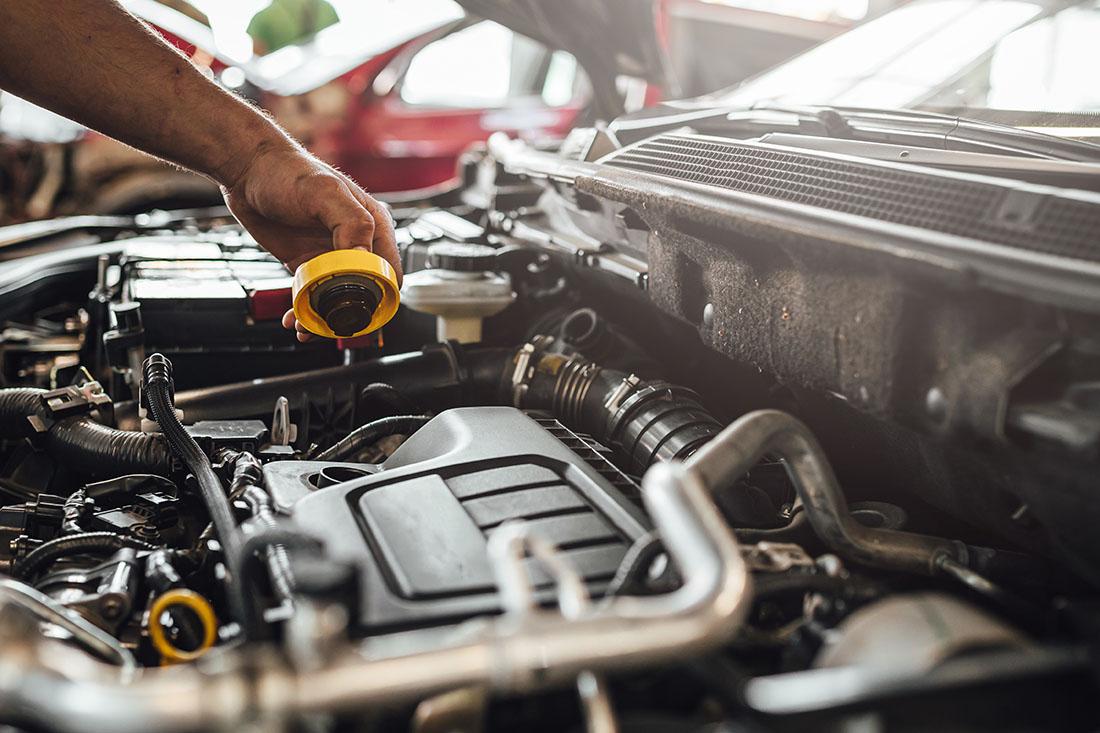
How to Identify a Burned Gasket?
During a burned gasket test, it is quite easy to determine if the gasket is burned. If the indicator shows green, this means the gasket is intact. However, if the indicator is red or another distinct color, it indicates that the gasket may be burned or damaged. While testing, the color of the testing liquid used is also important in addition to the indicator color. If the testing liquid remains blue, the gasket is intact. However, if the testing liquid turns yellow, green, or another color, this indicates that the gasket may be burned or worn. A burned or damaged gasket causes leaks, reducing the engine's efficiency. Therefore, conducting periodic gasket burn tests is important for detecting potential issues early and replacing the gasket if necessary.
What are the Symptoms of a Burned Cylinder Head Gasket?
In some cases, the cylinder head gasket test is not necessary to understand that the gasket is burned. This is because various symptoms may appear when the cylinder head gasket is burned. The symptoms of a burned cylinder head gasket are as follows:
- Burning of the cylinder head gasket may cause cooling system-related issues. In this case, symptoms such as engine overheating, a drop in the radiator's water level, water appearing white or oily, may be observed. Fluctuations in the engine's idle or sudden overheating problems may also indicate that the gasket is damaged.
- The color and smell of exhaust smoke may change with a burned cylinder head gasket. Usually, intense white smoke is emitted during a gasket burn. Since this smoke contains water vapor, it may increase as the vehicle is used. Additionally, a sweet smell from the exhaust smoke may indicate an antifreeze leak.
- With a burned cylinder head gasket, engine oil and antifreeze may mix. In this case, the color of the engine oil may change to brown or black. When looking at the oil dipstick, a white foam layer may be seen on it. This mixture is usually a sign of damage to the cylinder head gasket.
- Burning of the gasket may lead to increased pressure in the cylinders. This can cause spark plugs to get stuck or burn. If you experience symptoms such as reduced vehicle performance, vibration, or difficulty, you might consider that the spark plug problems stem from the gasket.
- Damage to the cylinder head gasket may cause water and oil leaks. In this case, the water level of your vehicle may drop constantly. Additionally, reductions in engine oil may occur. By constantly monitoring these two fluids, you can perform a gasket leak test and detect potential problems in the gasket early.
The above-mentioned symptoms may suggest that the cylinder head gasket is burned. However, these symptoms alone are not sufficient for a definitive diagnosis. Therefore, detailed engine control and expert gasket testing are necessary to accurately diagnose issues related to the cylinder head gasket. Timely intervention prevents the problem from worsening and ensures the engine operates healthily.
Does the Gasket Test Provide Accurate Results?
The cylinder head gasket is an important component that seals the cylinder head and block of an internal combustion engine tightly together. Since this gasket affects the engine's performance and efficiency, its integrity should be checked periodically. A cylinder gasket test is performed to ensure that the cylinder head gasket is functioning correctly. This test is an ideal method to check the sealing capability of the gasket by measuring the internal pressure of each cylinder. However, it may not provide definitive results on its own. Therefore, it is more beneficial to combine the test with mechanical inspection and other diagnostic methods. Especially for diagnosing more complex engine problems, other techniques like pressure air testing may also be applied.
A vehicle gasket test is important not only to verify the sealing capability of the cylinder head gasket but also to identify other potential issues in the internal structure of the engine. For instance, low pressure values may indicate wear on piston rings or issues in the valve mechanism. If a problem is detected, appropriate repair and maintenance processes must be carried out. This ensures the engine's performance and durability, contributing to the longevity of your vehicle.
Frequently Asked Questions About Gasket Testing
Is gasket testing safe?
Gasket testing is safe. However, it is recommended to perform it along with other mechanical tests.
How can you tell if a car has a burned gasket?
Burned gaskets may cause issues in the cooling system and spark plugs. Additionally, changes in the color and smell of exhaust smoke may be observed. Mixing of engine oil and antifreeze, as well as water and oil loss, are also symptoms of a burned gasket.
Does a car with a burned gasket emit smoke?
When the cylinder gasket is burned, condensation forms in the exhaust smoke. Therefore, a car with a burned gasket emits dense smoke.
Can a car with a burned gasket be purchased?
A car with a burned gasket can be purchased. However, it is useful to perform a vehicle inspection to measure the engine performance before purchasing.



